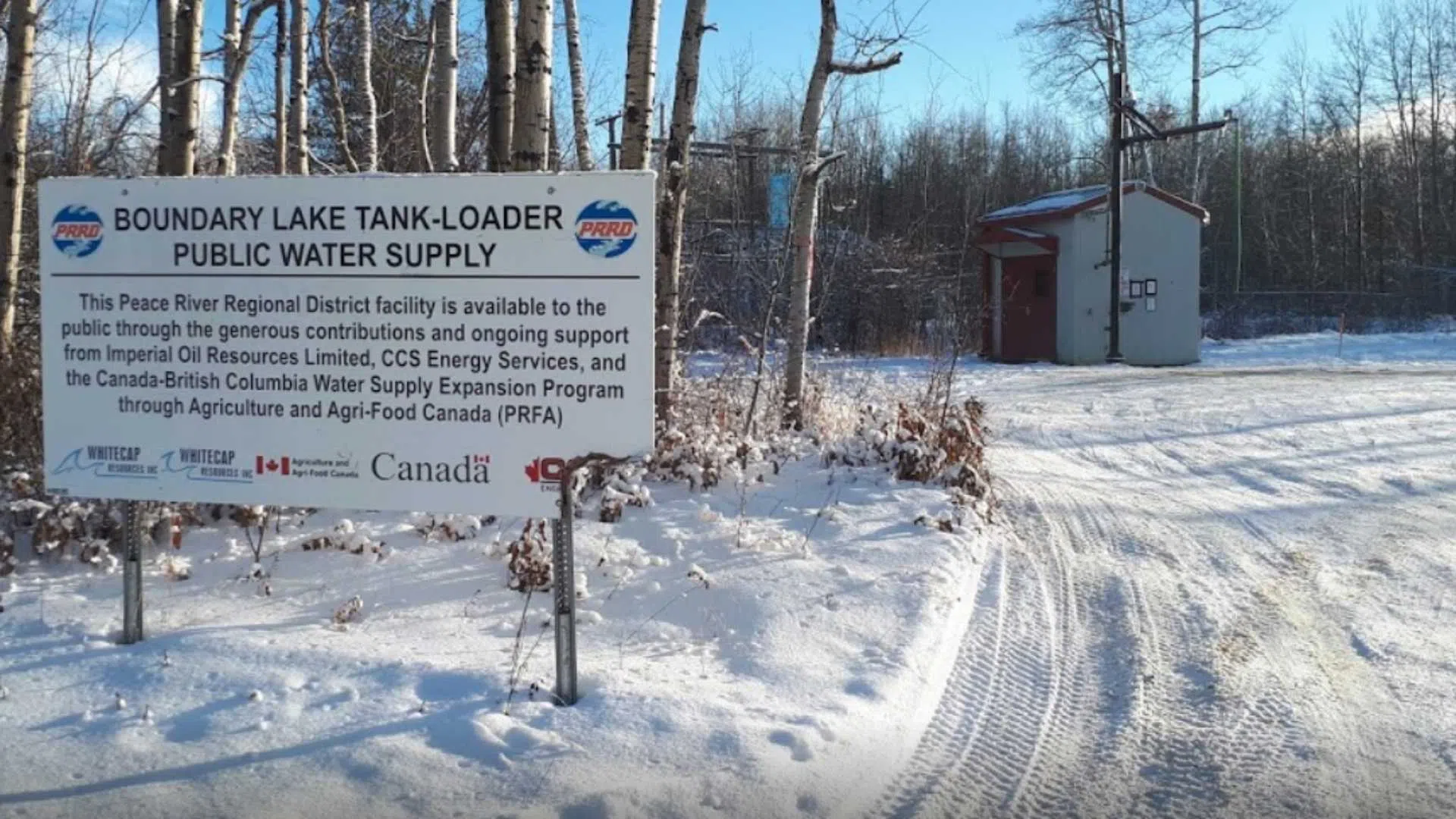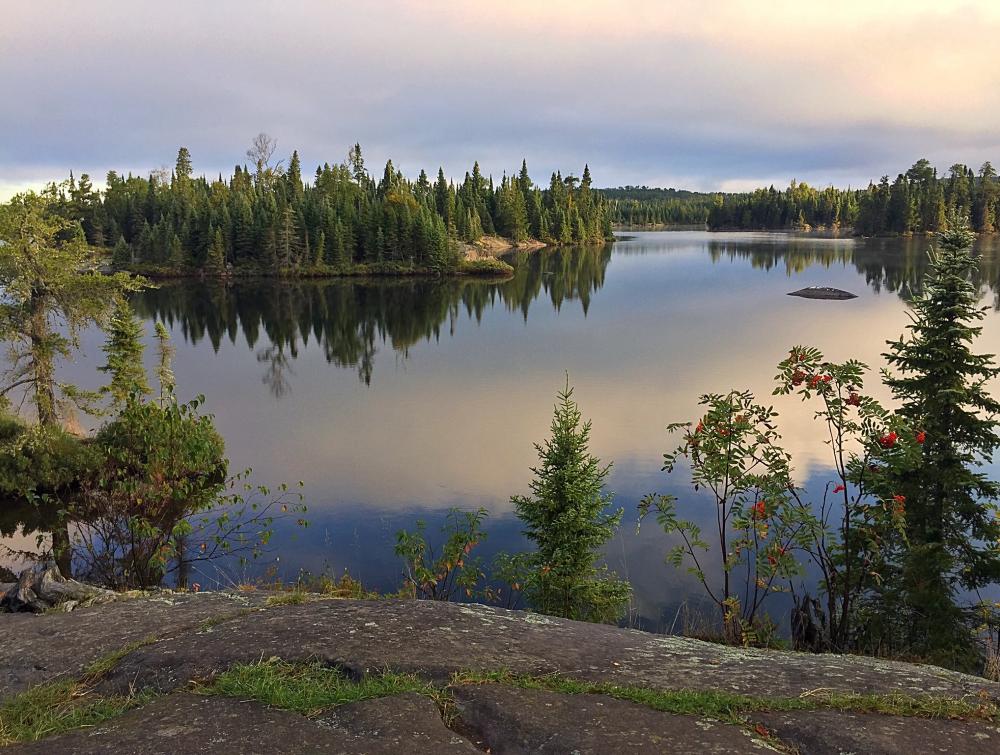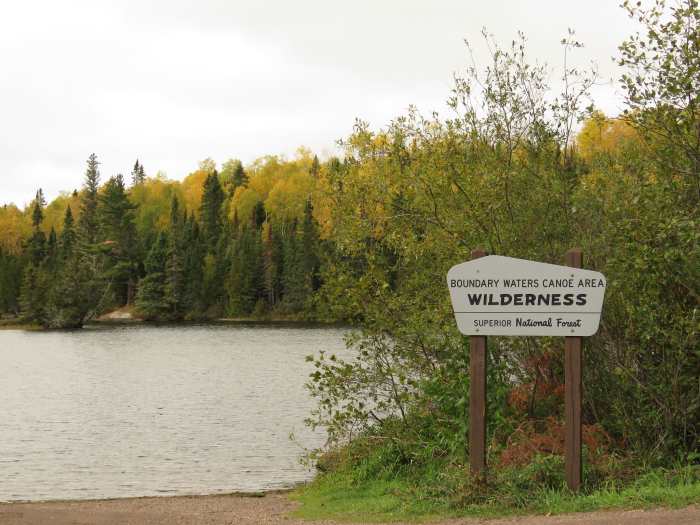

Those fires are among nearly 120 currently burning in northwestern Ontario, which have contributed to days of smoky conditions across northern Minnesota. Combined, the seven fires currently burning in the park have scorched more than 16,000 acres. The Crooked Lake fire, which began earlier this month on the Canadian side of the border lake, had scorched 4,447 acres, while a third fire, near McIntyre Lake had burned 2,261 acres. The largest, centered near Ted Lake, had scorched 4,892 acres as of Tuesday morning, according to Quetico park officials. Three of those fires are located just north of the border. Wilderness rangers began alerting canoeists of the closures late last week and expanded their efforts with the latest closure order.Īt least seven fires are currently burning within the Quetico Provincial Park, including a new one reported in the wake of a thunderstorm that passed through the area on Monday. Kania said forest officials opted to give wilderness travelers plenty of notice of the closure so they could evacuate without feeling rushed. Several Forest Service employees nearly died a decade ago while warning canoeists to evacuate ahead of the 2011 Pagami Creek fire, which torched about 92,000 acres southeast of Ely. Forest Service officials note that it can take considerable time to locate wilderness travelers in the event they might need to evacuate from an active fire. “Travel times to these areas in the BWCAW are measured in days, not hours, and this would not allow for rapid evacuation of the area,” stated the Forest Service in a statement issued this week. So far, firefighters have been aided by generally light winds, but there is no guarantee that those conditions will continue, which is why Forest Service officials have opted for caution with the closures in the northwestern part of the wilderness. “We’d have to go back to the early 1970s to find something similar,” he added. “We’ve been using the word ‘historic’ to describe the conditions,” said Aaron Kania, district ranger on the Superior’s Kawishiwi District. Temperatures across the area have been running well above normal this summer, while rainfall has been far below average in recent months, leaving forests tinder dry.

In addition, the Forest Service has enacted burning restrictions across the Superior National Forest, including the BWCAW, as drought conditions intensify in the region. That closure will remain in place at least until July 25, and comes on top of the Delta Lake closures enacted earlier this month. The second much larger closure took effect last Sunday and included a roughly thirty-mile stretch of the border country north and west of Ely.

The closures went into effect in two stages, with an initial closure that began last Saturday that focused on routes to Crooked Lake. The closure includes all lakes, entry points, portages, and campsites located within the closed area. side of the border, where they could pose a danger to canoeists in the area as well as potential rescuers.

According to Forest Service officials, those fires have become more active in recent days and have the potential to spread to the U.S. The closed area includes all of the northwestern-most portion of the wilderness area, stretching from just west of Basswood Lake, near Ely, west to Crane Lake. Forest Service has closed a significant portion of the Boundary Waters Canoe Area Wilderness due to the threat posed by a half dozen wildfires burning in Quetico Provincial Park, just north of the border.


 0 kommentar(er)
0 kommentar(er)
